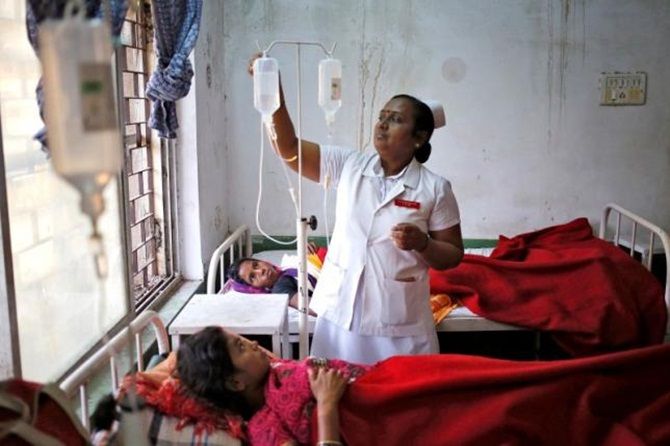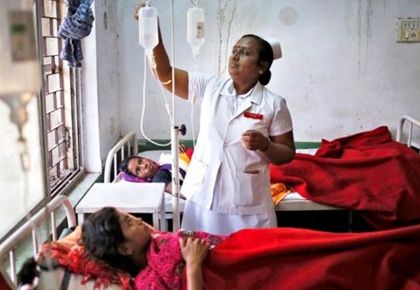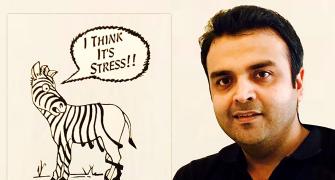Under the policy, the Central government will contribute 60 per cent on treatment, while state governments will bear 40 per cent.

Photograph: Anindito Mukherjee/Reuters
Rare diseases, which are often referred to as orphan diseases, are estimated to have impacted 72 to 96 million people in India.
The Indian government has now put a National Rare Disease Policy in place and Rs 100 crore funds have been allocated towards genetic disorders.
Under the policy, the Central government will contribute 60 percent towards spending on treatment, while state governments will have to bear the remaining 40 per cent of the cost.
The government's effort to improve diagnosis and bring better treatment and care to patients is already in progress, building on existing capabilities.
Disorders such as thalassemia, hemophilia, spinal muscular atrophy, duchenne muscular dystrophy, fragile X, inborn errors of metabolism, and lysosomal storage disorders are just some frequently encountered genetic disorders, informed Dr Ratna Dua Puri, senior consultant, Institute of Genetics and Genomics, Sir Ganga Ram Hospital, New Delhi.
Approximately 7,000 rare diseases have been identified so far, with about 80 percent of these are genetic in origin and predominantly affect children.
Even though these diseases are rare, collectively they contribute to a significant burden and affect 06-08 percent of the population. Rare diseases impose a significant societal, medical and economic burden on patients, communities and healthcare systems.
Commenting on World Rare Disease Day, Dr Puri said, "The exact burden of rare disorders in India is not known due to the lack of epidemiological data. Currently, we do not have a standard definition for rare disorders but can extrapolate one from the current existing definitions to estimate that disorders that affect less than one in 2,500 individuals are rare disorders".
The symptoms of the rare disease vary based on the disorder. For example, in thalassemia, there is chronic anemia with hepatosplenomegaly. Rare disorders also affect the central nervous system and some have multi-systemic involvement.
"If we really want to bring change for rare disease patients and make the National Rare Disease Policy effective, the country should explore the possibility of setting up a technical body within the Ministry of Health and Family Welfare in order to effectively monitor corpus fund spending at a central and regional level, as well as taking steps to ensure the states are implementing the policy so that patients start benefitting from this great government initiative", commented Dr Puri on the policy.
In addition, attention to generating awareness, early diagnosis and prevention are paramount for appropriate management of genetic disorders, she further noted.










